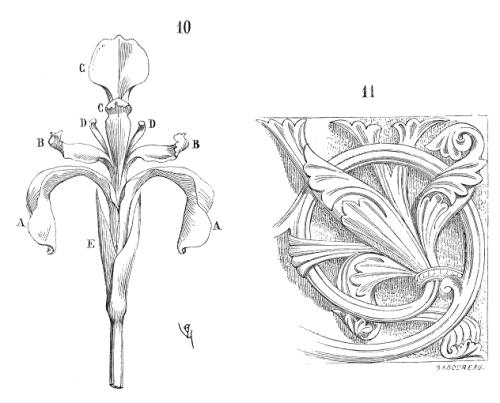Lily Purity; peace; resurrection; royalty. Sacred to all Virgin Goddesses, the Mother and Maid, the
Lily Purity; peace; resurrection; royalty. Sacred to all Virgin Goddesses, the Mother and Maid, the One and the Many. The lily also represents the fertility of the Earth Goddess and later of the sky gods. The lily in the West shares the symbolism of the lotus in the East. A branch of lilies depicts virginity, also regeneration and immortality. Alchemic: The white lily is the feminine principle Christian: Purity; innocence; the Virgin Mary; its straight stalk is her godly mind, its pendant leaves her humility, its fragrance is divinity, its whiteness is purity; it is also a symbol of the Annunciation and of virgin saints, as chastity; it is the flower of Easter. Dante calls it the ‘lily of faith’. The lily among thorns depicts the Immaculate Conception as purity in the midst of sins of the world. In art a lily on one side and a sword on the other depict innocence and guilt. Egyptian: Fruitfulness, but the lotus is more frequently used in Egyptian symbolism. Graeco-Roman: Purity; it sprang from the milk of Hera and is an emblem of Hera/Juno and of Diana as chastity. Hebrew: Trust in God; emblem of the tribe of Judah. Islamic: Its symbolism can be taken by the hyacinth. Minoan: Chief attribute of the goddess Britomartis. Sumero-Semitic: Fruitfulness; fecundity. [Source: An Illustrated Encyclopedia of Traditional Symbols by J.C. Cooper] -- source link
Tumblr Blog : occultarchives.tumblr.com
#lilies#purity#goddesses#goddess#alchemy#femininity#feminine principle#christianity#symbolism#new age#metaphysical sciences#metaphysics#metaphysical#esoteric#occult#occultism#occultic#ancient religion#mythology#ancient egypt#ancient history#symbols


